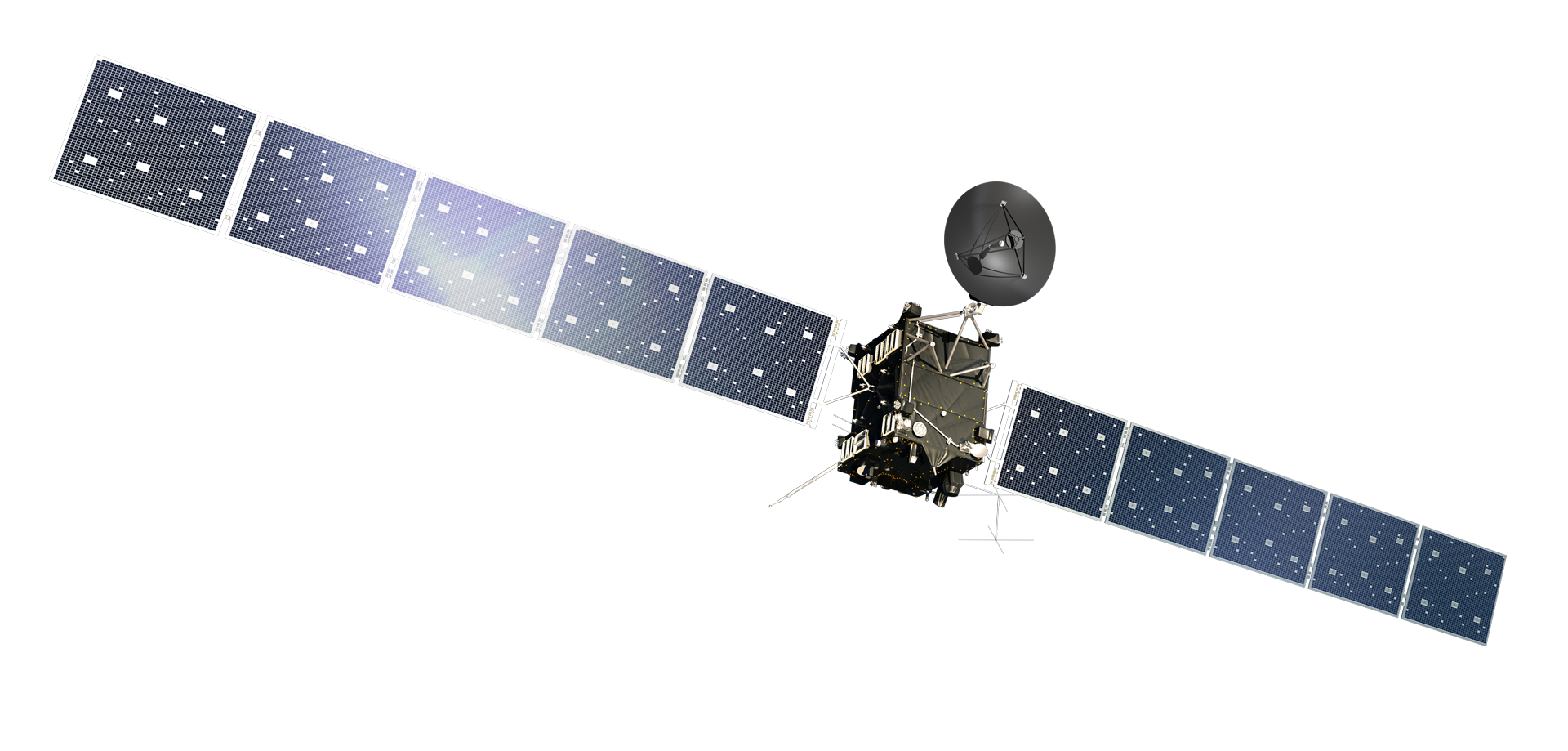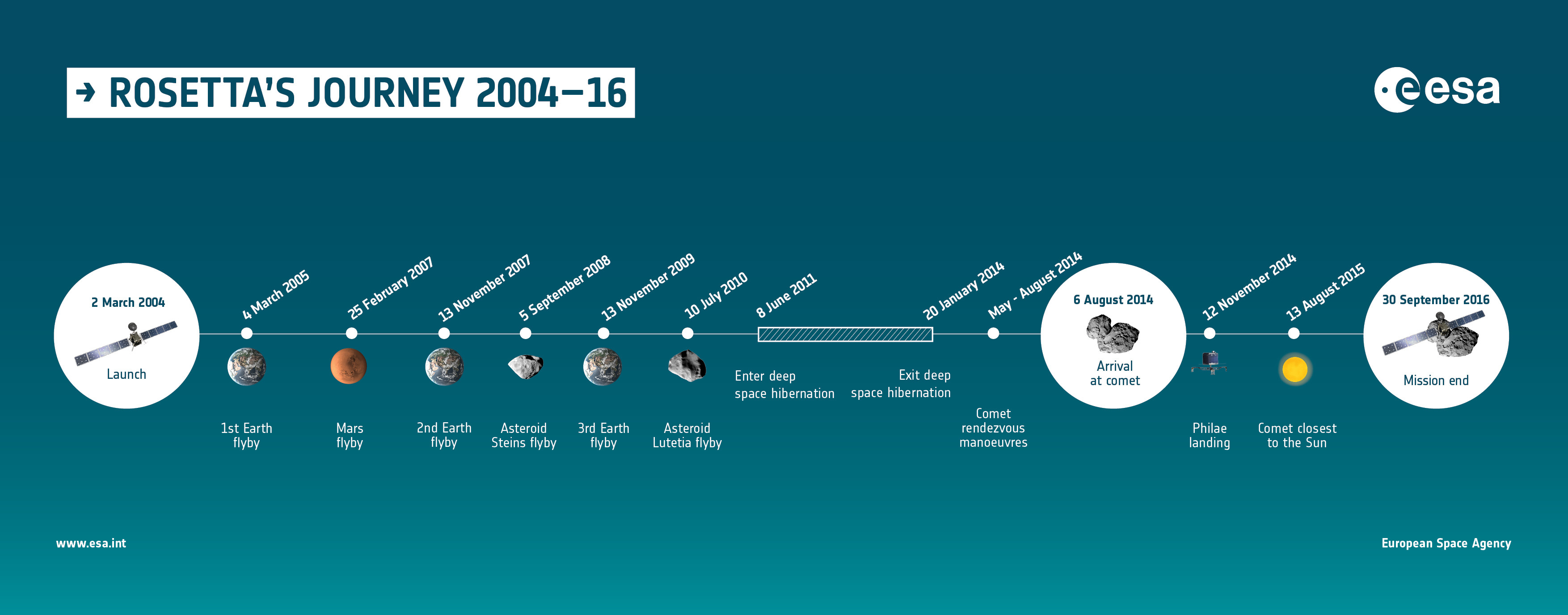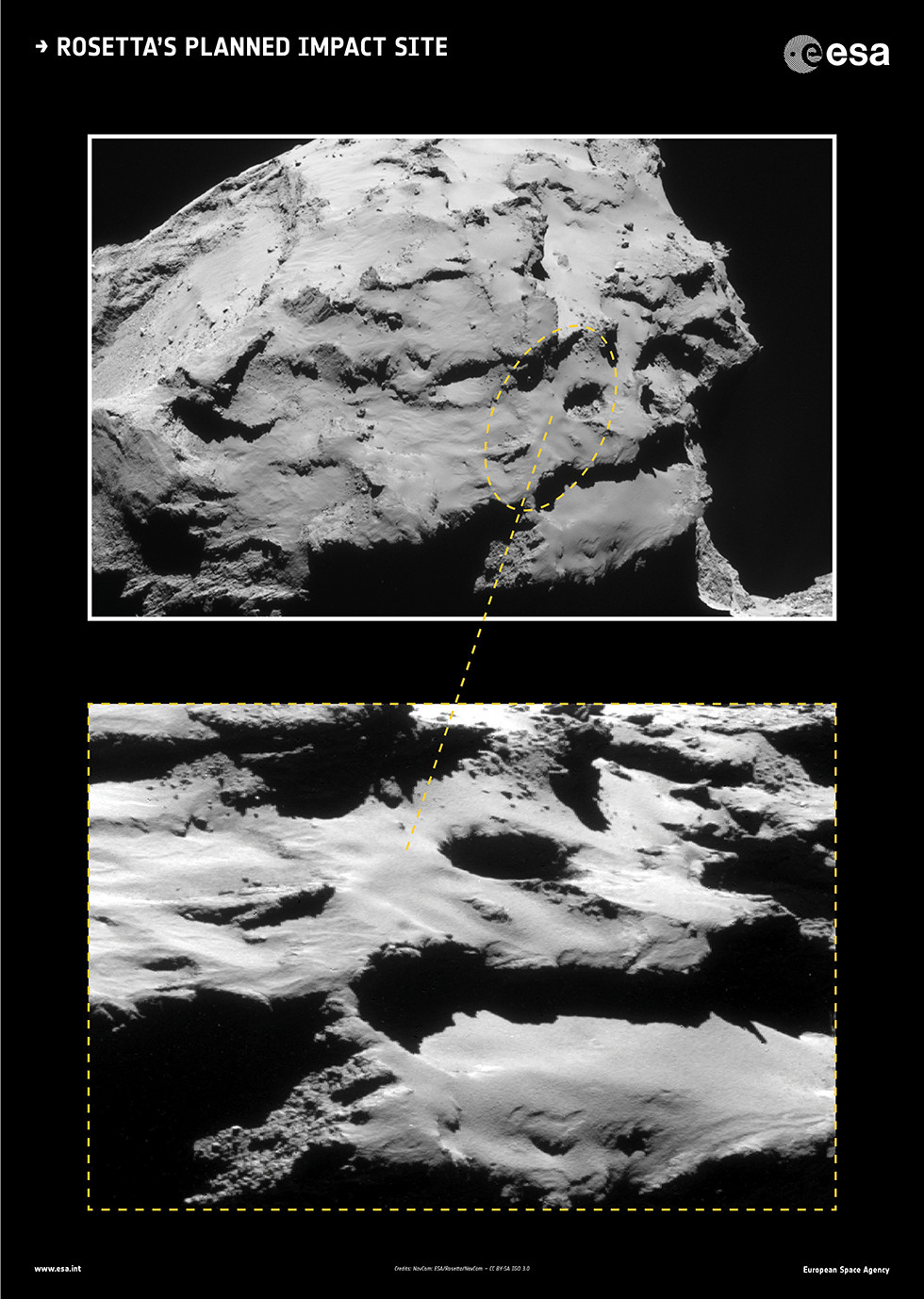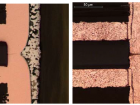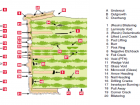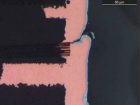The space probe Rosetta was built by the European Space Agency (ESA ) with the objective of reach and study Comet 67P/Churyumov-Gerasimenko. Was launched on March 2004 from Kourou. To place it on the required orbit to rendezvous with Comet 67P/ Churyumov-Gerasimenko it received four gravity assist manoeuvres: 3 from Earth (4 March 2005, 13 November 2007 and 13 November 2009) and 1 from Mars (25 February 2007).
Alter Technology was the coordinated procurement agency for all the electronic components on-board, helping the customers in the selection, procurement, engineering and testing of the electronic components. We worked directly with the European Space Agency, the prime, experimenters and equipment manufacturers of the avionics, platform, Giada (Grain Impact Analyser and Dust Accumulator), Virtis (Visible and Infrared Thermal Imaging Spectrometer) and Midas (Micro-Imaging Dust Analysis System) instruments.
Rosetta reached the Comet after a journey of 12 years, on 6th August 2014. Since then, it is orbiting the comet and followed it as it orbits the Sun, it also deployed its lander Philae to its surface.
After two years living with the comet, Rosetta and the comet are now heading out beyond the orbit of Jupiter again. Travelling further from the Sun than ever before, and faced with a significant reduction in solar power that it needs to operate, Rosetta’s destiny has been set: it will follow Philae down onto the surface of the comet.
ESA’s Rosetta spacecraft is set to complete its incredible mission in a controlled descent to the surface of the comet on 30 September 2016.
More than six billion kilometres of space, European scientists will end the historic Rosetta mission by crash-landing the spacecraft on the surface of the dusty, icy body at the end of the month.
Data collected by Rosetta, which has captured the public’s imagination thanks in part to the European Space Agency’s cartoon depictions of it and lander Philae, is helping scientists better understand how the Earth and other planets formed.
The spacecraft has managed several historic firsts, including the first time a spacecraft has orbited a comet rather than just whizzing past to snap some fly-by pictures, and the first time a probe has landed on a comet’s surface.
It was also the first mission to venture beyond the main asteroid belt relying solely on solar cells for power.
Some fun numbers about my journey to #67P and mission #LivingWithAComet. Details & higher res graphic: https://t.co/gXi4K6NY6T pic.twitter.com/kQewioOL9D
— ESA Rosetta Mission (@ESA_Rosetta) September 27, 2016
Visualising Rosetta’s descent
Animation visualising Rosetta’s descent to Comet 67P/Churyumov–Gerasimenko on 30 September 2016. The sequence is speeded up to show the relative motion of Rosetta and the rotating comet below. Rosetta will target a smooth region close to several large pits measuring more than 100 m across and 60 m deep, on the small lobe of the comet.
The impact time is predicted as 11:20 GMT +/- 20 minutes on 30 September.
- Quantum Key Distribution - 7th November 2022
- Conducted Immunity - 20th May 2019
- Electrical transients Test - 2nd May 2019


